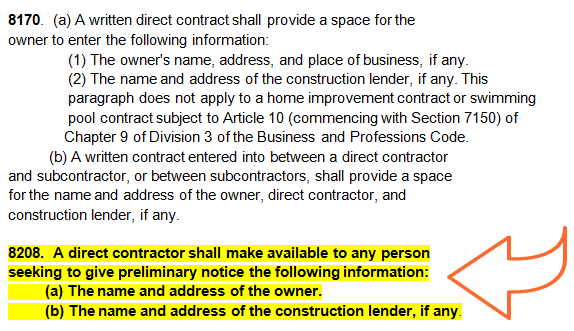
What is a Public Private Partnership?
By now it is quite likely you are familiar with, or at least heard of, public-private partnerships; also known as “P3” or “PPP”. These projects are rapidly growing, throughout the country, and over 30 states provide separate mechanic’s lien statute specific to P3 projects.
The National Council for Public-Private Partnerships defines Public-Private Partnerships as a “contractual arrangement between a public agency (federal, state or local) and a private sector entity. Through this agreement, the skills and assets of each sector (public and private) are shared in delivering a service or facility for the use of the general public. In addition to the sharing of resources, each party shares in the risks and rewards potential in the delivery of the service and/or facility.”
The U.S. Department of Transportation defines Public-Private Partnerships similarly, with the exception that it specifically calls out transportation projects.
“Public-private partnerships (P3s) are contractual agreements formed between a public agency and a private sector entity that allow for greater private sector participation in the delivery and financing of transportation projects.”
P3s Can Save Money
Essentially: a P3 is a way to assist public entities with improving public infrastructure by teaming up with a private entity for funding.
More states are partnering with private entities for improvements to public infrastructure; the costs can be much lower for the public entity, and the private entity can profit from their involvement.
P3 Legislation
Each state has individual specifications for what qualifies as a public private partnership; therefore it is important to review each project individually. (I would recommend seeking legal counsel!)
As mentioned above, over 30 states have adopted some form of P3 legislation. Within the last year, D.C., Georgia & Maryland enacted P3 laws, states like Ohio & Alabama updated their statute to provide further clarification, and Arkansas & California have legislation pending*.
For the last few years, The American Subcontractors Association (ASA), in partnership with the National Association of Surety Bond Producers (NASBP) and The Surety & Fidelity Association of America (SFAA), has released a helpful reference guide “Public-Private Partnership Laws in the States, including Surety Bond Requirements.”
Be Cautious: Carefully review P3 legislation, as it may not mandate that the private entity, contracting for the public project, should obtain a payment bond.
It’s Going International
As an aside, the idea of public entities partnering with private entities for improvements to public infrastructure is not just a national phenomenon. It is international. Countries all over the world have adopted similar concepts: South Korea, France, United Kingdom, Brazil & Chile to name a few.
Canada also has its own version of a P3. Per PPP Canada, a P3 is a “…long-term performance-based approach to procuring public infrastructure where the private sector assumes a major share of the risks in terms of financing and construction and ensuring effective performance of the infrastructure, from design and planning, to long-term maintenance.”
PPP Canada expands a little further on defining P3s:
- Governments do not pay for the asset until it is built;
- A substantial portion of the cost is paid over the life of the asset and only if it is properly maintained and performs according to specifications; and
- The costs are known upfront and span the life-cycle of the asset, meaning that taxpayers are not on the financial hook for cost overruns, delays or any performance issues over the asset’s life.
*the legislation is pending as of the date this article was written, 12.15.15









